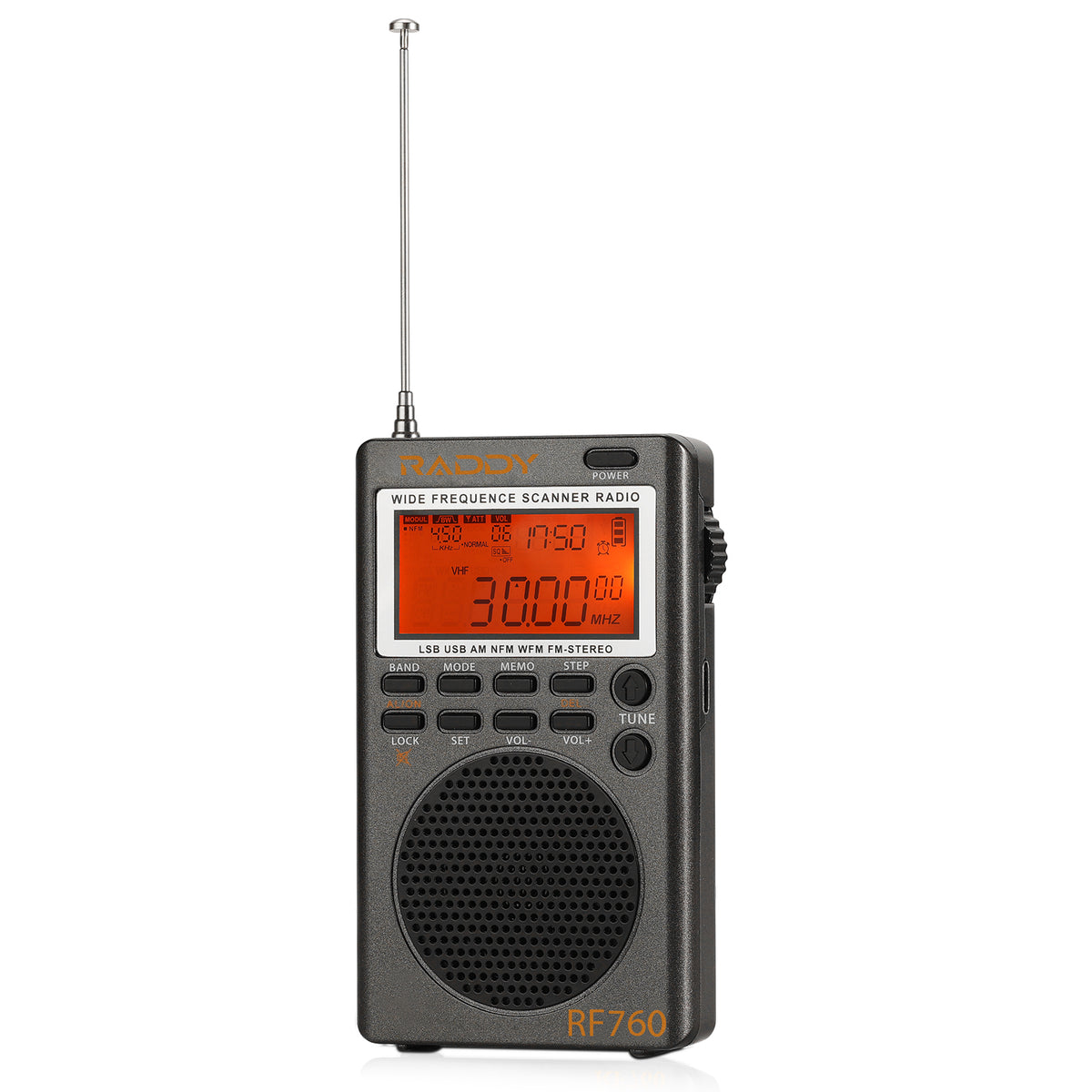dstefan
Well-known member
I have traveled off-road, mostly in the SW, for too long with no real emergency communications. Started taking a PLB about 7 or 8 years ago, and added an inReach sat communicator 3 years ago. Since my wife and I almost always go solo and often in areas with weather threats and now especially wildfire threats, I feel the need to have better emergency information to dodge weather and fires as needed. I did add a WeBoost recently, that actually helped a lot in not getting caught in a storm and mired in a bad area on a recent trip, but it's still too hit or miss signal-wise to be relied on.
I have been researching NOAA weather radios, HAM and other things enough that my head is swimming, but I get the basics a little. In the future, I may go HAM, but for now, I just want a good weather radio.
I learned about the C Crane Skywave radios in a thread on ExPo, and it seems like one that allows for both NOAA and 2m HAM reception would be a real good thing. They have several radios that seem like they would provide the most sources of info, not just the NOAA weather frequencies. My confusion is specifically what practical use are several of the bands/frequency options for useful emergency info, beyond the NOAA weather broadcasts, which I gather cover much more than weather.
Several of their more expensive radios provide VHF, 2M, SSB Shortwave, and some aviation frequencies in different combinations. Can anyone give me any idea if the Single Sideband Shortwave is useful? And what about VHF vs 2m? I get 2m is a VHF frequency (I think), but is a broader VHF more useful? I'd rather pay $89 than $189 if the more expensive stuff with all the other frequencies is not useful. I don't care about listening to general radio chatter.
 ccrane.com
ccrane.com
I have been researching NOAA weather radios, HAM and other things enough that my head is swimming, but I get the basics a little. In the future, I may go HAM, but for now, I just want a good weather radio.
I learned about the C Crane Skywave radios in a thread on ExPo, and it seems like one that allows for both NOAA and 2m HAM reception would be a real good thing. They have several radios that seem like they would provide the most sources of info, not just the NOAA weather frequencies. My confusion is specifically what practical use are several of the bands/frequency options for useful emergency info, beyond the NOAA weather broadcasts, which I gather cover much more than weather.
Several of their more expensive radios provide VHF, 2M, SSB Shortwave, and some aviation frequencies in different combinations. Can anyone give me any idea if the Single Sideband Shortwave is useful? And what about VHF vs 2m? I get 2m is a VHF frequency (I think), but is a broader VHF more useful? I'd rather pay $89 than $189 if the more expensive stuff with all the other frequencies is not useful. I don't care about listening to general radio chatter.
Emergency Band Radios | Long-Range AM FM Radios | C. Crane
Designed with excellent audio quality and reception, our emergency band radios and hand-crank radios allow you to stay informed. Shop C. Crane now.


